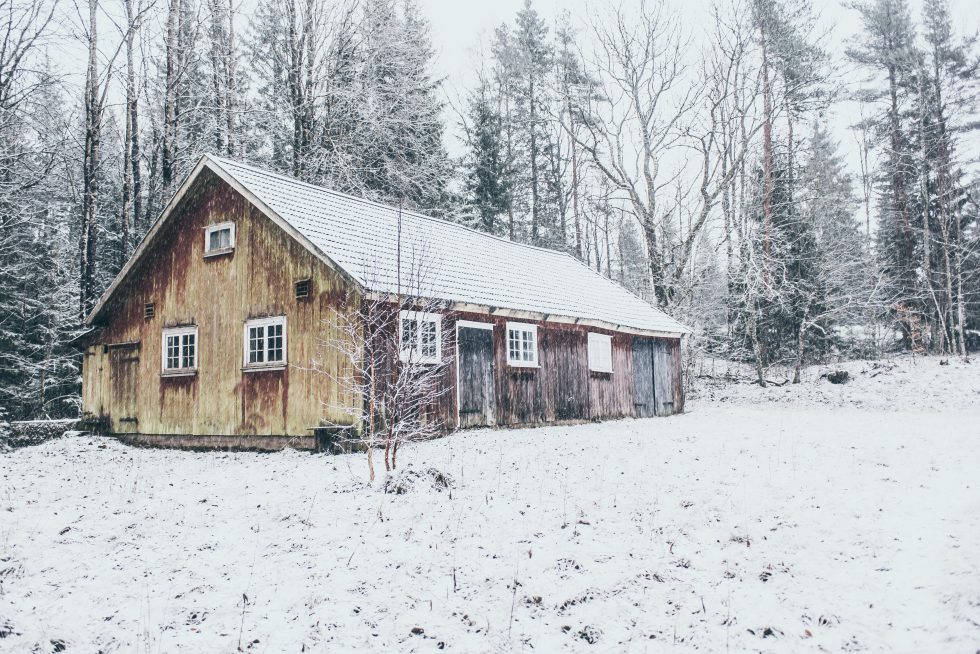
As the shadows lengthen, and our best hope of seeing the temperature in the ’70s and ’80s is next May, we try to prepare ourselves mentally and physically for the onset of winter. While there is beauty in every season, there isn’t normally as much enjoyment, at least not for me, when the chill and gloominess of winter hits. While you may be fortunate enough to escape frigid temperatures and piles of snow by jetting off to a warmer locale, your house doesn’t have the same opportunity.
Your home must adjust to seasonal changes and needs maintenance to endure the temperature, wind, and moisture changes. You can help this process simply by doing some light improvements and inspecting the property yourself….or hire someone to do it for you.
First, that big expensive component covering your house should be inspected….yes, the roof. This is where you may want to hire a professional for your safety and have a trained eye to analyze. Check the shingles for tears, holes, popped nails, loose flashing, or blocked venting. A roof with defects may not leak in rainstorms but might when snow sits on it for weeks at a time with the constant melting and freezing of typical winters.
Getting yearly roof inspections and maintenance repairs can extend the life of the roof and save you from costly interior repairs.
Make sure all exterior hoses are disconnected. It’s a good idea to remove hoses and take them inside anyhow, but at least remove them from the faucets. Exterior hose bibs, at least the modern ones, are frost-free. This means when you shut the water off, water drains back into the pipes and doesn’t remain in the section that goes through the wall. This is usually about 12” of pipe that is free of water. However, when you have a hose attached, the frost-free feature doesn’t drain properly and can freeze. When this happens, if you’re lucky, the pipe inside will split and when you attach a hose next spring to water anything, will leak into the house because of the pressure in the line. If you are unlucky and it happens to split further down the line, you can flood the home.
Another important winter consideration is to inspect and adjust grading and landscaping. I’m not talking about renting a bulldozer, even though that sounds fun! Instead remove leaves, debris, stored items, etc. that will inhibit normal drainage away from the property. Clean gutters before and after the leaves fall. Make sure the downspouts are secure and have extensions the funnel water away from the house. Improve any negative drainage patterns you have that allow water/snow to set against the walls.
Consider adding more insulation to your attic. Lower / older levels of insulation combined with recessed lighting leads to excessive heat loss and will increase the likelihood of ice damming and leaks into the interior surfaces. Consult with a professional for this improvement as just adding insulation can sometimes hurt more than help if clearances are not maintained and ventilation is not improved along with added ventilation.
Preparing your home for winter is important for your peace of mind. It also helps with short- and long-term maintenance and can save you from costly repairs. For more information call our office to get a professional assessment of your property in preparation for winter 260-463-6558.
